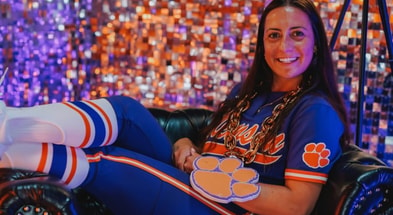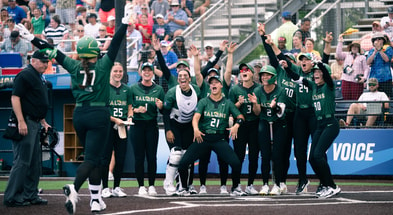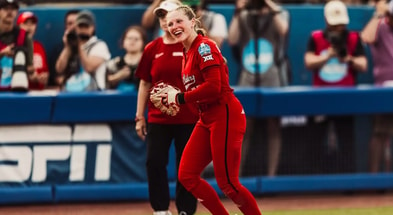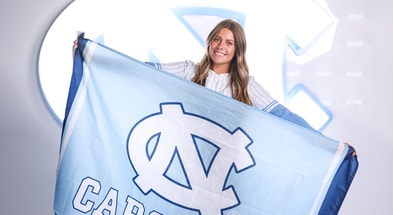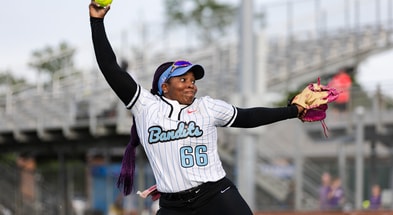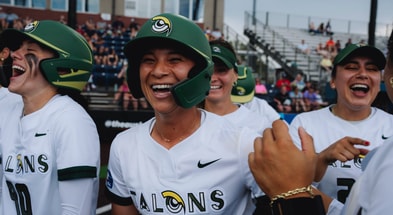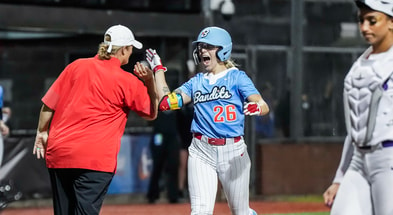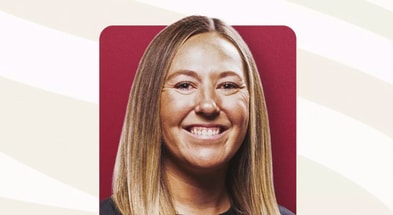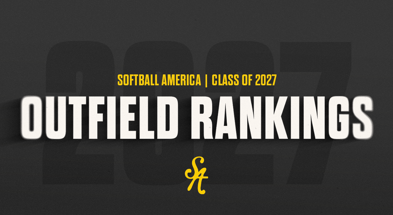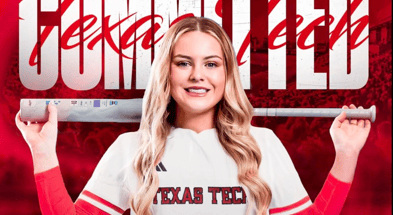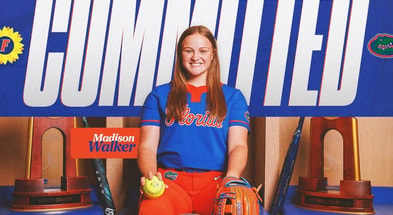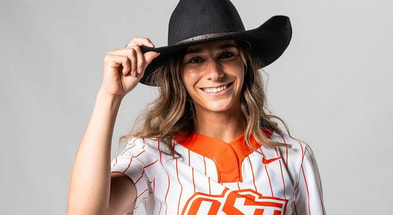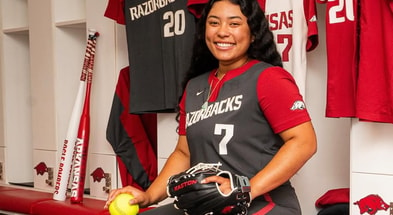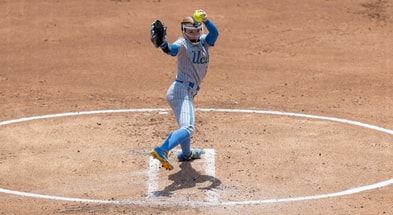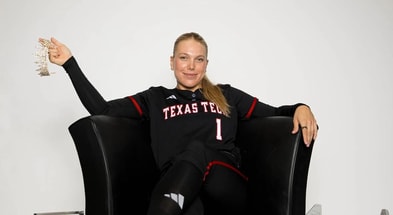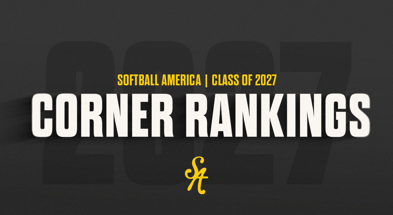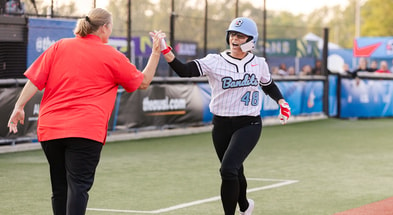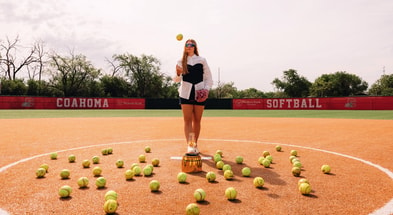How Ruby Meylan and RyLee Crandall fit at Oklahoma State

Last offseason, Kenny Gajewski had to rebuild his lineup after graduating most of his offensive production. After his fifth straight Women’s College World Series appearance, he needed to revamp the talent in the circle.
Lexi Kilfoyl and Ivy Rosenberry graduated after career years for the Cowgirls, and Gajewski quickly worked his magic in the transfer portal. Oklahoma State landed Washington’s Ruby Meylan and Baylor’s RyLee Crandall, two sought-after pitchers through the transfer portal with two years of remaining eligibility each.
Meylan and Crandall join a relatively young staff alongside Kyra Aycock, who took a step back last season after a very good freshman year, and a talented rising sophomore Katie Kutz.
The presumed Cowgirl duo will look different than Kilfoyl and Rosenberry. Both of the departing arms for Oklahoma State primarily used a drop ball while Meylan and Crandall have a more diverse set of pitches.
According to Synergy Sports, Meylan used her riseball, drop and screwball evenly, throwing each around 26% last season in Seattle. She doesn’t have an overwhelming number of strikeouts as some other All-Americans but when she does collect Ks it is due to her ability to tunnel those primary pitches.
In the clip below, Meylan uses all three pitches to strike out opposing batters in identical spots to help display her tunneling effectiveness.
The next step in Meylan’s development and a key point of emphasis for pitching coach Carrie Eberle leading into 2025 will be about changing speeds. Meylan throws hard and uses her spin well in different ways. She hasn’t used a changeup much in her collegiate career. We’ve seen that pay off for others and that very well could take Meylan to an even higher level if she can start to keep hitters off-balanced more.
Crandall threw a screwball 34% of the time last season according to Synergy Sports. That was up nearly 12% compared to 2023. The rising junior from New Mexico uses a combination of a screwball, curveball and riseball to work each side of the plate.
Top 10
- 1New
Texas State
'Heavy favorite' to join Pac-12
- 2Hot
Will Wade
Shades UNC over Ven Allen Lubin
- 3
Greg Sankey
Committee or Computers?
- 4Live
College World Series
Updated scores, bracket, schedule
- 5
Dave Van Horn
Addresses retirement rumors
Get the On3 Top 10 to your inbox every morning
By clicking "Subscribe to Newsletter", I agree to On3's Privacy Notice, Terms, and use of my personal information described therein.
Crandall is very efficient when her stuff is on and she works the river. She doesn’t use her changeup that often but when she does it serves as her out pitch. Crandall threw her changeup only 12% of the time, however, 20% of her strikeouts came via the off-speed.
In the clip below, Crandall struck out four Florida batters with her changeup in her Super Regional win.
One area that Crandall will need to work on is her command. A high amount of free passes typically fuel her worst outings. When she paints the corners and lets her defense work, things typically go well for her.
Both pitchers rely heavily on the defense behind them and at times can give up hits that find the gaps in the defense. However, they also induce a lot of weak contact. Meylan only allowed 20 home runs in 300-plus innings in two seasons at Washington. On the flip side, Crandall must focus on limiting the number of big flies she allows. She gave up 19 home runs last season after yielding 10 the year prior despite her batting average against barely going up.
Is there room for both arms to improve? Of course, there is no perfect pitcher. Gajewski and crew did another great job using the portal to help fill holes in the roster as they have tended to do in Stillwater. Aside from NiJaree Canady, Meylan and Crandall were two of the best arms available this offseason through the portal. Aycock and Kutz should make for a formidable staff in Stillwater.
As the young offensive core grows under Vanessa Shippy-Fletcher, the pitching has the talent once again to pair with them to possibly make a sixth straight trip to the Women’s College World Series.
